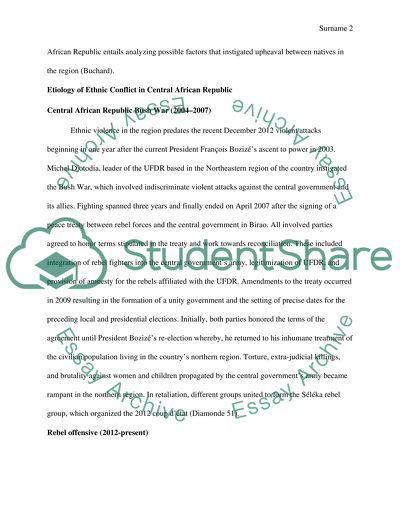Cite this document
(“Central African Republic Essay Example | Topics and Well Written Essays - 1000 words”, n.d.)
Retrieved from https://studentshare.org/social-science/1644330-central-african-republic
Retrieved from https://studentshare.org/social-science/1644330-central-african-republic
(Central African Republic Essay Example | Topics and Well Written Essays - 1000 Words)
https://studentshare.org/social-science/1644330-central-african-republic.
https://studentshare.org/social-science/1644330-central-african-republic.
“Central African Republic Essay Example | Topics and Well Written Essays - 1000 Words”, n.d. https://studentshare.org/social-science/1644330-central-african-republic.


